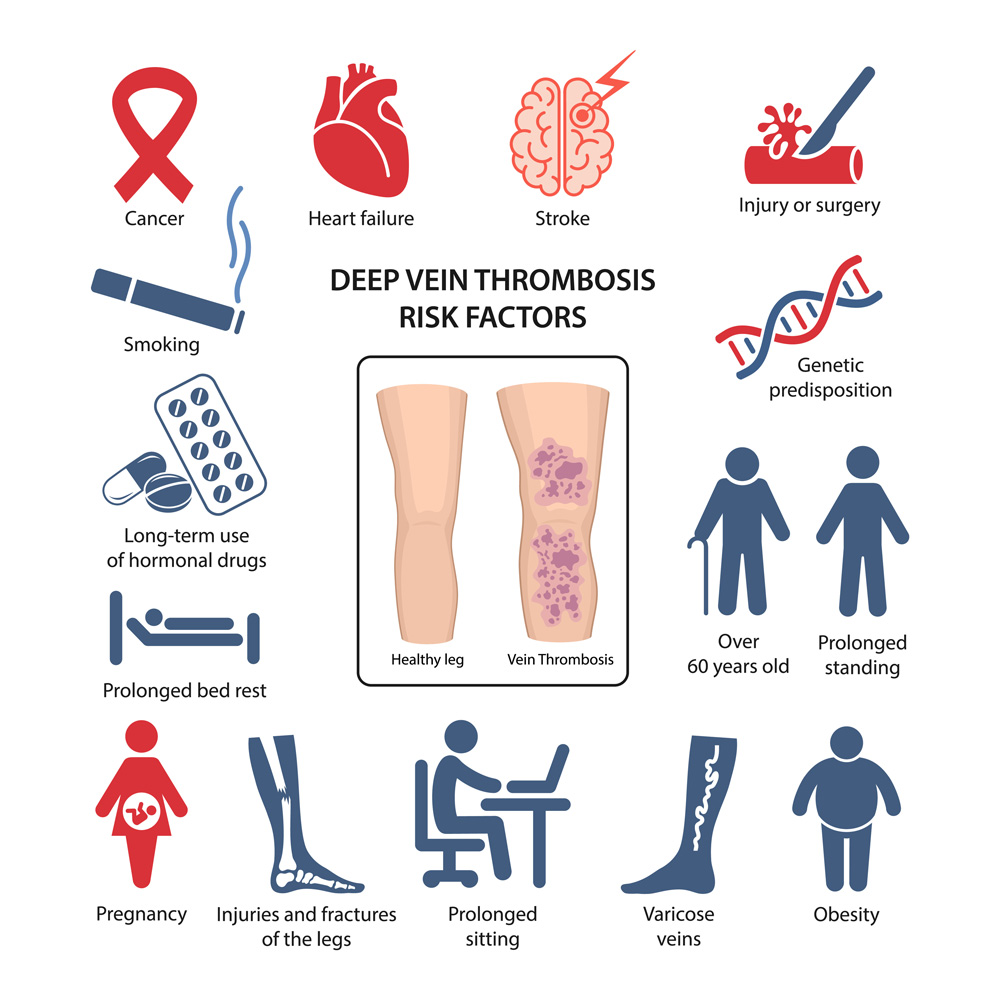Leg Swelling
About Leg Swelling
Swelling in legs can occur when the veins in the legs and feet are unable to pump enough blood back to the heart. This can be due to the valves in the veins not functioning properly, which can cause blood to flow backwards and pool in the lower extremities, leading to various symptoms such as pain, swelling, cramping, and skin changes. Varicose veins and leg ulcers can also develop over time if the condition is left untreated.

Contact Us
What Causes Leg Swelling?

Venous Reflux
Treatment Options
VenaSeal™
What Is VenaSeal™ – VenaSeal™ is a type of therapy used to treat varicose veins. It involves using a medical adhesive to close the affected veins. The procedure can be done on an outpatient basis and typically requires only one needle stick for vein access. The success rate of VenaSeal therapy is high, with a 94.6% closure rate at five years.
What Can I Expect During My VenaSeal™ Procedure?
- Preparation: Your Vascular Surgeon will begin by cleaning and sterilizing the treatment area. They may administer a local anesthetic to numb the area.
- Vein access: A small catheter will be inserted into the diseased vein through a single needle stick. Your surgeon will use ultrasound imaging to guide the catheter to the treatment area.
- Medical adhesive injection: Once the catheter is in place, the VenaSeal medical adhesive is delivered through the catheter, sealing the diseased vein shut. This process is repeated along the length of the vein as necessary.
- End of procedure: Once the adhesive has been delivered, the catheter is removed, and pressure is applied to the vein access site to prevent bleeding. No stitches are needed.
- Post-procedure: You will be able to leave the office shortly after the procedure is complete. Your doctor will recommend wearing compression stockings for a short period of time to help improve circulation and reduce swelling. You should be able to return to your normal activities soon after the procedure, with minimal downtime or recovery period.
What Are The Benefits of VenaSeal™?
- Simple outpatient procedure
- Lasting results, with a 94.6% closure rate at five years
- Faster recovery time than thermal ablation
- Less pain and bruising than thermal ablation
- No tumescent anesthesia
Ask our San Antonio Surgeons if Vein Ablation is Right For You
During your consultation at VASC one of our vascular surgeon specialists will perform a thorough evaluation of your vein condition and discuss your medical history with you. Based on this information, they will determine the best treatment option for you.
Request an appointment today to start treatment at one of our conveniently located San Antonio vein clinics.
